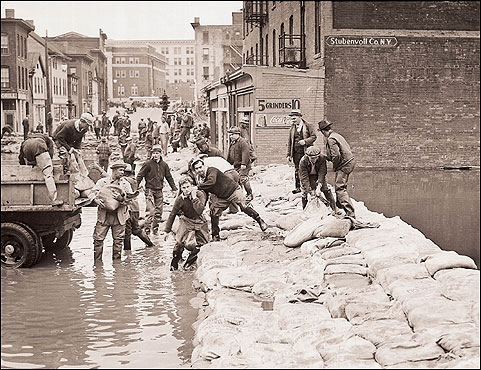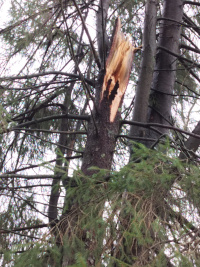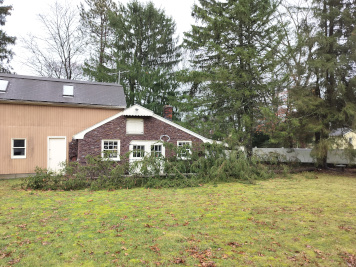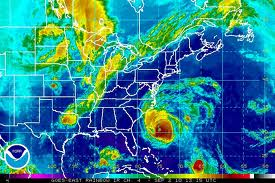For those of us living in Boston Massachusetts, hurricane preparedness has not really been much of an issue in our lifetime. The last great hurricane that struck the northeast was back in September of 1938. Wind gusts reached Category 5 strength in eastern Connecticut, Rhode Island, and southern Massachusetts west of Buzzards Bay and Cape Cod. The anemometer at the Blue Hill Observatory registered a peak wind gust of 186 m.p.h. before the instrument broke. The storm killed over 600 people and is considered to be the worst hurricane to strike New England in modern times.
Fast forward to Labor Weekend of 2010, Hurricane Earl is heading up the coast and was expected to hit Cape Cod Massachusetts, and the Islands. Was Hurricane preparedness than on New Englander’s minds? Yes and no, New Englanders are a hearty bunch and not much about the weather fazes them. They treated this storm like any other nor’easter; they filled up their car with gas, bought batteries, and stocked up their refrigerators. Luckily Hurricane Earl passed us by with nary a bit of wind and rain.
What we didn’t do, is what the Floridians and Louisianans’ have been doing every time a hurricane is heading their way, buttoning down their hatches and securing everything. This is the basic hurricane preparedness steps that southern coastal states do out of habit. Below, is a minimum list of hurricane preparedness steps a homeowner should take no matter where they live.
Hurricane Preparedness List
- Make plans to secure your property. Permanent storm shutters offer the best protection for windows. A second option is to board up windows with 5/8” marine plywood, cut to fit and ready to install. Tape does not prevent windows from breaking.
- Install straps or additional clips to securely fasten your roof to the frame structure. This will reduce roof damage.
- Be sure trees and shrubs around your home are well-trimmed.
- Clear loose and clogged rain gutters and downspouts.
- French doors – Brace with 2 X 4’s
- Ornamental Shutters – Remove and store out of the wind.
- Consider building a safe room. Locate the safest areas in your home and places to meet. In certain circumstances the safest areas may not be your home, but someplace else within your community.
- Electrical Appliances – Unplug from wall outlets.
- Swimming Pool – Drain approximately one foot of water from the pool.
- Storage Shed – Tie down the shed using straps or thick rope and attach to the ground.
- Discuss the type of hazards that could affect your family. Know your home’s vulnerability to storm surges, flooding, and wind.
- Have an out-of-state friend as a family contact, so all your family members have a single contact point.
- Make a plan for what to do with your pets if you need to evacuate.
- Check your insurance coverage – this type of flood damage is not usually covered by homeowners insurance.
- Determine escape routes from your home and places to meet. These should be measured in tens of miles rather than hundreds of miles.
While writing this hurricane preparedness blog article it made me think of a quote by Louis Pasteur “Chance favors only the prepared mind”. By being prepared for a hurricane before it’s at your front door, the chances of you and your family coming thru it unscathed will be greatly increased.





